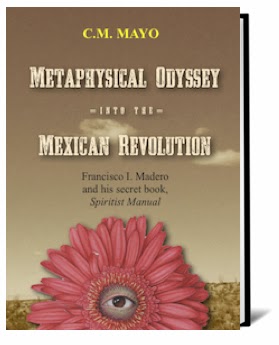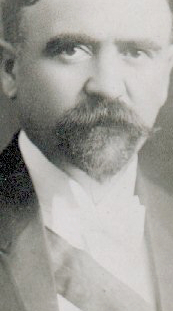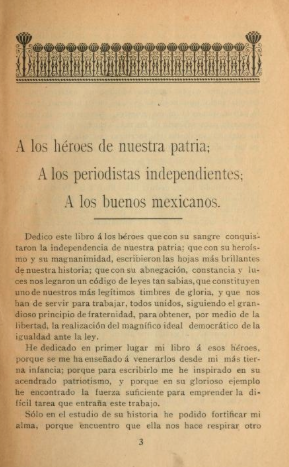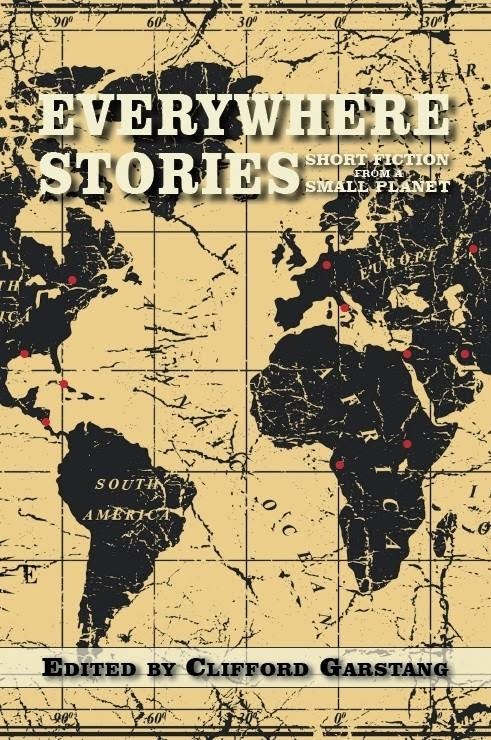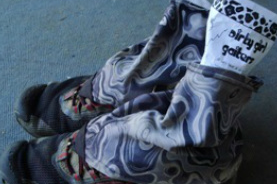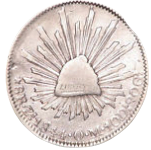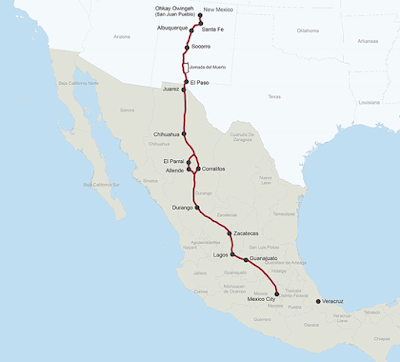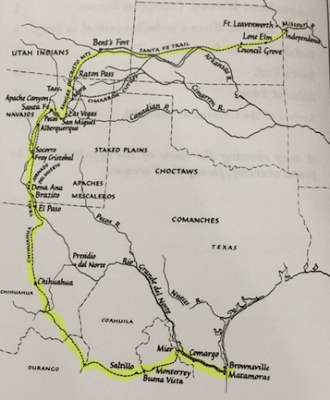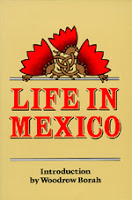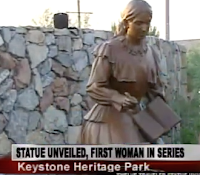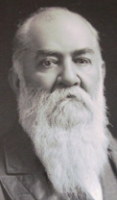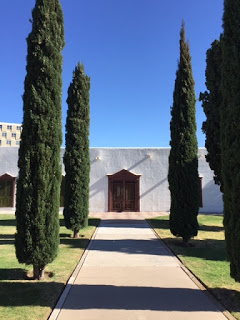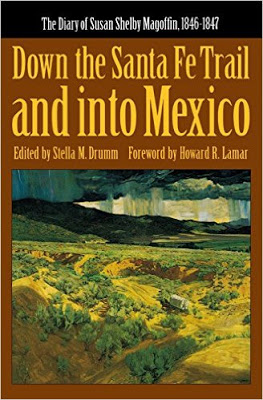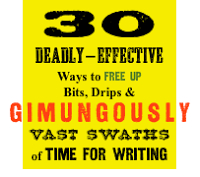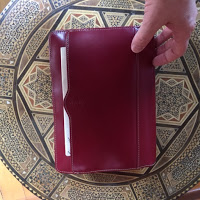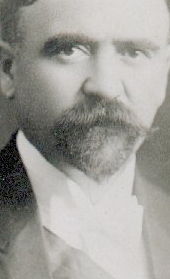
He was Maximilian’s Court Painter, a leading figure in 19th century Mexican painting, and one of the important influences on Diego Rivera, yet few people have heard of Santiago Rebull— until now.

If you’re anywhere near Mexico City, come in and visit the Santiago Rebull show at the Museo Mural Diego Rivera. >> More information here. << For those aficionados of the history of the French Intervention, and in particular the brief reign of Maximilian von Habsburg as Emperor of Mexico, this is an especially important show not to miss, for Rebull was Maximilian’s Court Painter and, interestingly, one of the few individuals close to the monarchy who managed to remain in Mexico and even thrive in subsequent decades under the Republic. Herewith, my interview with the show’s curator, Mexican historian Alan Rojas Orzechowski.

C.M. MAYO: What gave you the idea for the show?
ALAN ROJAS ORZECHOWSKI: The exhibitionSantiago Rebull: Los contornos de una historia (Santiago Rebull: The Outlines of a Story) presented in the Museo Mural Diego Rivera is our own way to pay homage to one of the most creative minds of the Academic Movement in Mexico, an illustrious painter and educator who molded the minds of pupils such as Roberto Montenegro, Ángel Zárraga and Diego Rivera.
As an outstanding teacher, he taught Diego Rivera as a young student in the San Carlos Academy of Arts. Rivera in return, always considered him as a mentor and guide, respecting him as both, as an instructor and fellow artist. Exploiting this connection, the Museo Mural Diego Rivera and external curator Magaly Hernández, thought suitable to present an exhibition which honored Rebull’s artwork, underlining his influence on Rivera and his generation.
C.M. MAYO: How did Santiago Rebull, so close to Maximilian, manage to remain in Mexico and continue working as a successful artist for decades afterwards?
ALAN ROJAS ORZECHOWSKI: I personally think that it was his undeniable talent as an artist which enabled him to continue teaching in San Carlos Academy during three more decades.
In the immediate years after Maximilian’s fall he did receive severe reproaches from fellow artists and local newspapers as a monarchist and “afrancesado” (pro-French), but he carried on painting members of the political, economic and cultural elite. As a testament of this, the portraits of Presidents Benito Juárez and Porfirio Díaz are shown in the exhibition. Both pieces are dated in the 1870s, less than a decade after the monarch´s disgrace.
He retained his position as a teacher in San Carlos and also imparted drawing lessons to female pupils in the Colegio de Vizcaínas which was the only female and secular school in Mexico throughout the XVIII and XIX centuries. Along with his academic career, he remained a prolific painter, authoring remarkable pieces such as La muerte de Marat (Marat’s Death) and several portraits.
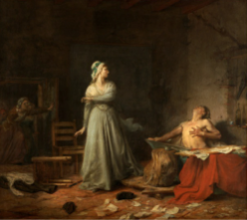
C.M. MAYO: What has been the reaction from art historians and historians of the Second Empire?
ALAN ROJAS ORZECHOWSKI: The Academic reaction towards the Second Empire, from both, historians and art historians, has changed through time. During the first half of the XX Century, the posture was very much aligned to the official history, characterized by a nationalist stance in which Maximilian was portrayed as an invader and many of his actions as an imposition to Mexicans.
Nevertheless, this has shifted to a fascination for both, Maximilian and Charlotte, partly thanks to literature. En example of this, the book Noticias del Imperio(News from the Empire) by Fernando del Paso or The Last Prince of the Mexican Empire by C.M. Mayo.
Historians have now a much more benevolent gaze to the Second Empire, emphasizing on Maximilian’s liberal measures that assisted the indigenous groups and regulated Ecclesiastic influence on civilians—which certainly made him unpopular with his original supporters.Art historians tend to be cautious with their judgments, stressing the continuity on San Carlos Academy trough its curriculum, academic cluster and board, all of them dramatically modified with the Republic’s restoration.
For instance, Eduardo Báez Macías, in his volume History of the National School of Fine Arts (Old San Carlos Academy), mentions Maximilian’s patronizing attitude towards Mexican art, believing it to be provincial to what he was used to in Europe.
My personal view is the opposite. Maximilian was a very intelligent ruler, he was aware of the necessity of his government’s legitimacy, and knew that the main way to achieved it was through art and Court protocol. In the first case, he arose from the liberal vs. conservative´s discussion over national heroes and entrusted several talented young artists to create a portrait gallery of the libertadores, including characters such as Hidalgo and Iturbide along. Also, in several Imperial projects he preferred to employ talented Mexican students over well-known established European teachers as Eugenio Landesio or Pelegrín Clavé.
C.M. MAYO: Which of all the 68 pieces do you consider the most essential for understanding Rebull and his place in Mexican art?
ALAN ROJAS ORZECHOWSKI: Santiago Rebull is one of the most relevant XIX century painters in Mexico’s history. He is a fundamental artist of the Academicism generation, and keystone to understanding the shift in the Art Scene towards the Vanguards and the Mexican Painting School of XX century, since he was an inexhaustible teacher to many of its participants.
One of Santiago Rebull’s anchor pieces is La muerte de Abel (Abel’s Death). It was painted in 1851 and earned him a scholarship to travel to Rome.
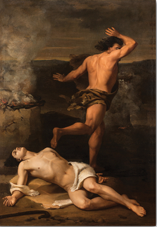
He there attended the San Lucas Academy, a conservative catholic art school that followed the principles of the Nazarene Movement, specially influenced by the German painter Johann Friedrich Overbeck. Rebull studied under the guidance of Academic artist Thomaso Consoni, who molded and perfected his technique through a careful series of exercises consisting on copying masterpieces from Renaissance maestros. Therefore, La muerte de Abel best represents the Academic ideals of trace, color use and proportions so faithfully followed by Rebull.
C.M. MAYO: Was it difficult to find these 68 pieces, and were there any you couldn’t get for the show that you wish you had?
ALAN ROJAS ORZECHOWSKI: Unfortunately there was a piece we were unable to obtain, El sacrificio de Isaac (Isaac’s Sacrifice) painted in 1858 during his sojourn in Italy and displayed in the Centennial Exposition of Philadelphia and later shown in New Orleans. The image is almost 118 inches tall and it’s a flawless sample of Rebull´s work during this formative voyage under Consoni’s guidance. Alas, it was a crucial piece in the National Museum of Art (MUNAL), therefore, they were unable to lend it.

It was relatively unproblematic to secure the greater part of the assortment since it belongs to the painter’s descendants, most of them eager to promote their ancestor’s work. The rest of the pieces were graciously provided by significant institutions such as the San Carlos Academy, the National Museum of Art and the Colegio de Vizcaínas.
C.M. MAYO: Was the museum at Il Castillo di Miramar involved in any way? The original of Rebull’s portrait of the Emperor Maximilian was sent there, is that right?
ALAN ROJAS ORZECHOWSKI: The original full length portrait of Maximilian was painted by Santiago Rebull in 1865. The Emperor took such pleasure on it that resulted on the appointment of Rebull as court painter; he was also awarded the Order of Guadalupe, the Empire’s uppermost honor. The monarch relocated the painting in Miramar Castle in Trieste, Italy that same year. Nonetheless he commissioned Joaquín Ramírez, another Academic painter to produce an exact copy of his portrait. Currently, the latter is part of the National Institute of Fine Arts collection and it’s shown at Chapultepec Castle. We exhibit a contemporary reproduction of Ramírez painting.
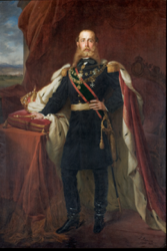
C.M. MAYO: The decorative bacchantes that Rebull painted for Chapultepec Castle– were these Maximilian’s idea or the artist’s? What do you think was the message of such decorative paintings?
ALAN ROJAS ORZECHOWSKI: The decorative bacchantes of Miravalle (Chapultepec) Castle were the Emperor’s idea but Rebull only painted four of them during Maximilian’s reign since the remaining two were created later, during President Porfirio Díaz administration when he occupied the castle as his summer residence.
The message behind the bacchantes is clear: the ideal of graciousness that courtesan life implied. Maximilian was convinced that through art and elaborate court rituals his regime would gain the legitimacy and acceptance of Mexican elites. The creation of new titles, honors and reinstated old colonial titles were strategies followed by the sovereign. Thus, art and protocol were undeniably intertwined in the imperial residences.

In the words of art historian Justino Fernández “Rebull planned six bacchantes figures […] the romanticism of the epoch finds here one of its classical expressions, these women, or better said, demigoddesses, highly idealized, wear the magnificence of their figure, in a movement attitude.” *
*Justino Fernández. El arte del siglo XIX en México, Mexico, Imprenta Universitaria, 1967, p. 77.
C.M. MAYO: What do you consider Rebull’s most essential achievements as an artist?
ALAN ROJAS ORZECHOWSKI: His personal career is bound to the history of San Carlos Academy; we may consider him as a founding painter of Mexican art of the first decades of independence, when the elite and middle classes were shaping an identity of their own, which they found in the expressions of Academicism and Neoclassic Art.
He perfected his education with the European sojourn—not remaining solely in Rome, but traveling extensively through Spain—and returned with a refined paintbrush imbibed by Purism and Nazarene precepts.
The preparative drawings are a testament of Rebull’s expertise of trace and copying, the two cornerstone of a XIX century Academic education. Upon his return he grew as a prolific portraitist, the most important being that of Emperor Maximilian.
But his talent was enjoyed not only by royals; both Presidents Benito Juárez and Porfirio Díaz were also depicted by the artist. The latter, is embodied as a young aspiring president, unlike later representations where an elderly and heavily ornamented military men is shown. Furthermore, common and quotidian characters were also portrayed by him.
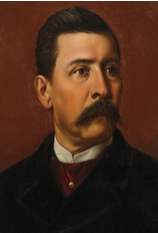
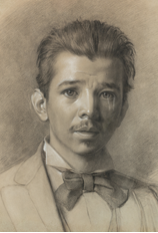
C.M. MAYO: Why is the show in the Museo de Diego Rivera? Can you talk a little about Rebull’s influence on Diego Rivera?
ALAN ROJAS ORZECHOWSKI: Since the Museo Mural Diego Rivera has the commitment of preserving Diego Rivera’s legacy, promoting the artistic expressions created during the XX century and especially those influenced by Rivera himself, we thought there was a great breach with his predecessors. Who were they? Who particularly influenced him?
Rivera was educated at the San Carlos Academy of Arts in Mexico City where he was an accomplished student, tutored by the great artists of the XIX century Academic movement. He received a refined instruction from painters such as José Salomé Pina, José María Velasco and Santiago Rebull. Diego always felt in debt towards the latter, recognizing him as his mentor.

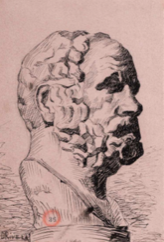

Biographers International Interview with C.M. Mayo:
Strange Spark of the Mexican Revolution
A Conversation with M.M. McAllen about Maximilian and Carlota
Five Techniques for a Journey to Einfühlung
#
Find out more about
C.M. Mayo’s books, articles, podcasts, and more.



